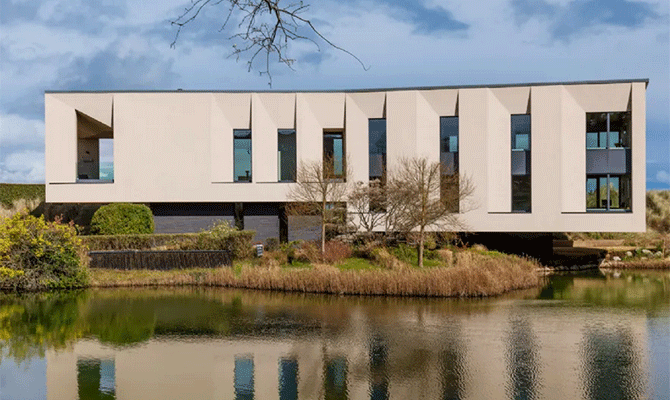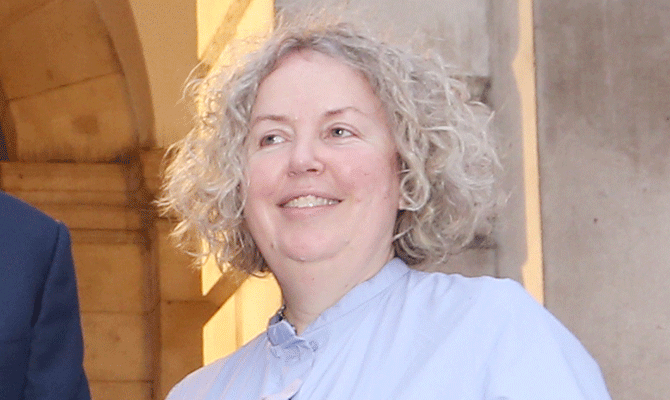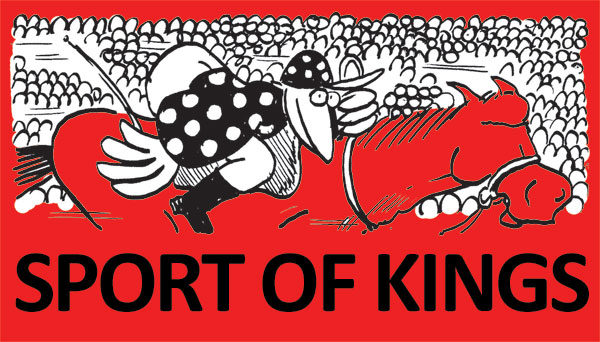

On April 30, Dublin Port Company (DPC) unveiled its inaugural Conservation Strategy, meticulously documenting the layered tapestry of natural, industrial, and cultural heritage within Dublin Port, spanning over three centuries. Minister of State Malcolm Noonan, TD, inaugurated the ambitious endeavour, marking a historic milestone for the port.
At its core, the Strategy emphasises Port-City Integration, advocating for the preservation and celebration of Dublin’s maritime legacy, from iconic structures like the Great South Wall to archival treasures housed within the Port Archive. This holistic approach encompasses cultural heritage, architectural preservation, community engagement, and climate action, ensuring the port remains both secure and accessible to the public.
A detailed timeline, derived from the Port Archive, traces Dublin Port’s evolution from the 1600s to the present day, elucidating its pivotal role in shaping the city’s identity. Embracing the concept of Baukultur, the Strategy envisions a dynamic industrial landscape across Dublin Port, blending ordinary structures with extraordinary landmarks.
The Conservation Strategy extends its purview to include protected monuments within the Port estate, such as the former Odlums Flour Mills, aiming to deepen public understanding of Ireland’s economic, natural, and social heritage.
Beneath the surface, archaeological endeavours unveil hidden treasures, like the 1826 patent slip discovered in the Alexandra Basin, providing invaluable insights into the port’s storied past. Plans to unearth heritage assets, like Graving Dock No. 1, promise to enrich public engagement with Dublin Port’s history.
Barry O’Connell, Chief Executive of Dublin Port Company, commented: “The story of Dublin Port is one that is crucial to our economy, but also to our social history. The Conservation Strategy allows us all to come to a richer understanding of the maritime and industrial heritage beneath our feet and all around us. This can serve as a roadmap for future planners, both inside and outside the Port, to help make the area a welcoming destination for the public.”
Lar Joye, Port Heritage Director, heralds the Strategy’s comprehensive approach: “This comprehensive document highlights the diversity of the Port’s built environment and the responsibility of our stewardship. At Dublin Port Company, we’ve already begun putting Port-City Integration into practice with the establishment of The Diving Bell Museum in 2015, the restoration of The Substation into an exhibition space in 2023 and the development of active travel routes along the Tolka Estuary for the first time, set to open this summer to pedestrians and cyclists.”
This dedication to integration informs DPC’s Masterplan 2040, guiding transformative projects like the Alexandra Basin Redevelopment and MP2 Project. Minister of State Noonan commended DPC’s leadership in heritage conservation, urging similar initiatives across the nation: “Preserving and maintaining aspects of our national heritage is not a passive endeavour, and this strategy helps push forward a proactive, meaningful framework through which Dublin’s heritage as a port city can be celebrated.
“It is great to see Dublin Port Company leading the way in this field, and there is great potential for other semi-state bodies to follow suit.”
The launch ceremony, attended by Minister Noonan and project collaborators, signifies a collaborative effort to safeguard and celebrate Dublin’s rich maritime legacy, paving the way for a more inclusive and vibrant future.
Visit www.dublinport.ie for more information.














